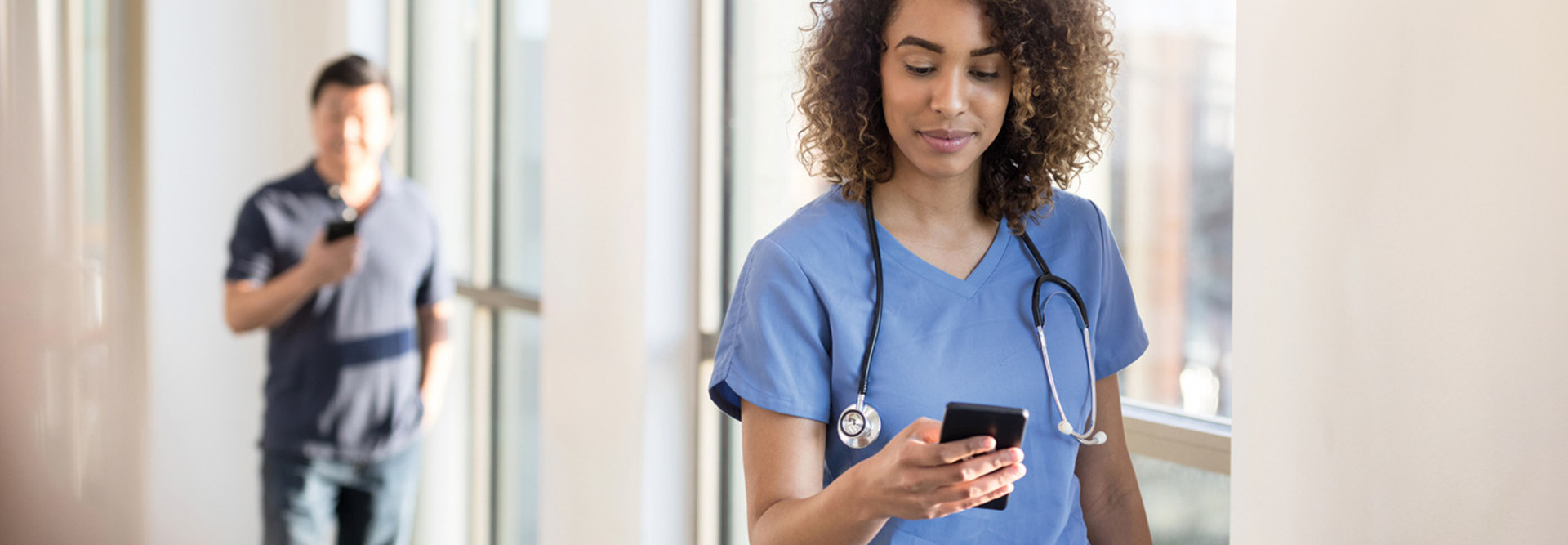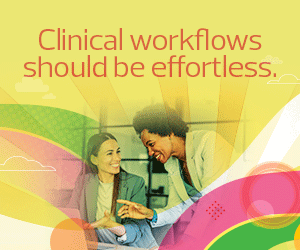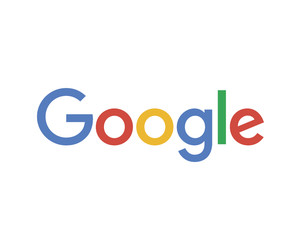Bulk Management and Deployment Lead to ROI for Healthcare
According to Jang, one important value proposition of Pixel for Business has been ease of management and deployment.
Healthcare organizations can bulk-deploy devices with preloaded applications from Google or other business partners, including Microsoft, Salesforce and clinical decision-support tools such as Epocrates and UpToDate. Notably, Pixel devices come without the unauthorized bloatware often found on devices aimed at the consumer market, Jang says.
Additionally, devices can be set up with separate profiles for personal and professional use; for professionals, an organization could create a white-label store of curated apps for internal use only. There’s also a kiosk mode, which healthcare organizations may find helpful for patient check-in or bill payment or even for remote patient monitoring.
Google’s periodic Feature Drops5 for Pixel also apply to healthcare, Jang says, and benefits organizations by enabling them to roll out new features on older phones. (Pixel devices have routinely supported later versions of Android than what they originally shipped with.) Similarly, Pixel 8 and 8 Pro phones receive security updates for seven years.6
“The ability to keep devices updated reduces the security risk,” says Jang, who also points to Google’s ability to block more than 99 percent of spam and phishing attempts from reaching users’ inboxes.
All told, a recent Forrester analysis showed a 209 percent ROI for the average organization deploying Pixel for Business. Fast setup, including no need to remove bloatware, saves IT teams 20 minutes per device over three years — a number that quickly adds up when thousands of devices are deployed. Organizations responding to Forrester also cited Pixel’s lower price point and enhanced productivity (which includes Feature Drop and security updates over 5 years to lengthen product lifespans), coupled with Google’s enterprise support, as key contributors to ROI.
RELATED: Create healthcare workspaces that support clinicians and patients.
Clinical Use Cases Emphasize Mobility, Care at Home
To date, Google has supported a range of clinical use cases for Pixel:
- Mobile access to electronic health record systems, such as Epic Rover, can help clinical staff — especially traveling nurses — access patient information and stay connected with other members of the care team.
- Google Assistant7 has helped organizations summarize clinical documents. When paired with voice-based interfaces, users can also dictate notes or emails.
- Hospitals have given discharged patients a Google Pixel Watch to help track physical activity, along with a Pixel Tablet to help them access post-surgery checklists and, if necessary, launch a video visit with a member of their care team.
According to Jang, there are four primary value propositions for healthcare organizations: an improved patient experience, less time for clinicians to spend on documentation, a decreased security risk through routine updates and dedicated resources for enterprise-level support. “We look at it as a long-term partnership,” she says.
Brought to you by:













